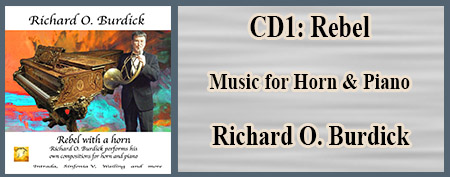The Oliveros Interval Studies for Horn
Fifteen etudes for horn each based on a limited number of melodic intervals such as "Perfect Fourth & Minor Thirds"
Written in 1959 when Pauline Oliveros was a student at San Francisco State University studying horn with S. Earl Saxton
Buy it here from MusicaNeo ($15)
The special: $10
Buy it from here and I'll send a PDF of the book to you via
e-mail
The Oliveros Interval Studies Written in 1959
Through the years in teaching horn I have noticed an almost universal difficulty among students in hearing certain intervals correctly, principally 4th and 5ths, both ascending and descending. Other intervals are hard to recognize by their unusual appearance, such as augmented 2nds, diminished 4ths and 5ths, etc. Disjunct melodic and contrapuntal lines in contemporary music frequently cause difficulty, so to combine these problems into concentrated studies in which the same intervals and relationships occur again and again on different degrees seemed the obvious way to approach a solution.
Pauline Oliveros, a brilliant graduate student of composition and horn at San Francisco State College, undertook the composition of these horn interval studies at my request several months ago. Together we work out an outline of what is needed, we decide what intervals to include, what limits will be placed on range, what the meter and rhythms will be, and place limits upon the general difficulty of the study. With minimum and maximum limitations known she then proceeds with the composition of a study.
We felt that the studies must not only contain problems recurring often enough so their solution becomes habitual, but should have recognizable musical form and artistic value. This I feel she has accomplished in the studies presented here. There is need for more of the same type of material using different interval combinations, and we also recognize that there are gaps in the progression from easy to very difficult studies, both in range and rhythms. More studies are in sketch form, still more in planning stages, and it is hoped that in the near future a complete series of horn interval studies can be published under separate cover.
S. Earl Saxton
The interval studies of Pauline Oliveros’s at first glance seem to be nothing special. After sitting down & doing them, they focused me on doing really clear, clean attacks and are improving the quality of my sound production, as I focus on attack through the entire range.
Her choice of using old style base clef fit the music quite well, and lends itself to a notation style that we must know as symphony musicians. Just look at the parts to Richard Strauss’s Don Quixote if you don’t think you need to be able to read old style base clef!
Thanks to John Q. Erickson for the review of this music:
http://hornmatters.com/2010/07/technical-materials-iv-materials-i-am-still-looking/
Performance notes:
No. 1 Minor Seconds & Major Thirds
dotted half = 65
No. 2. Major Seconds & Perfect Fourths
I chose a tempo around: half = 128
No. 3. Perfect Fourths & Minor Seconds
Quarter note = 102, it's Forte but when you start the repeated 16th notes start softer and more easily so you can build through them. The first dotted half middle C is a note that ends and starts a phrase. don't breath after it! Wait to breath till after the 4 beat long Ab.
No. 4. Perfect Fourths & Minor Thirds
Start by check you accidentals, I needed to mark a few. Then check the rhythms, it's not usual to play in 9/4 time; it's always groups of three notes, but it isn't always clear. Then in the first phrase, realize this is the theme, and you shouldn't brake it up with a breath anywhere it happens in the piece, then enjoy playing it!
WATCH THE VIDEO!
No. 5. Perfect Fourths & Major Thirds
I started by thinking this is sort of a recitative by Hindemith
Quarter note
=78 with swells on all notes
No.6. Perfect Fourths, Minor Seconds & Major Seconds
I wanted to start with a long whole note, but to make the phrase through the B whole note, I had to go moderately fast. The the 16th run to high C on line two, I had to group into 3+2+2+2 to get it to seem correct.
This is about the best improvisation like work I know!!!!
No. 7. Perfect Fourths, Major Thirds & Minor Seconds
the fifth note is not staccato, and helps make the phrase - - - - -
There is a wrong note in the first edition - measure five, fist note should be Db. Take it easy in MF so accents can come out!
No. 8. Perfect Fourths, Minor Thirds & Minor Seconds
tempo about half = 100. Breath at the slur marks in the first part, I felt I was successful when I let the tempo flow back and fourth a little. The final measure can't have a breath in between the to G#'s!!
No. 9. Perfect Fourths, Major Seconds & Minor Thirds
Don't try to play this one too fast
No. 10. Perfect Fourths, Major Seconds & Major Thirds
is very hard to play as an Allegro Grazioso, I thought of it more as a dance, but it's easy to fall into the trap of technicality and not musicality!
No. 11. Major & Minor Thirds and Perfect Fourths
In my first edition there is a mistake in the last measure of the first ending, please change the last quarter rest to an eighth note rest.
"L'istesso tempo" means "The same tempo" but in recent time is usually a slower tempo.
No 12. Major & Minor Seconds and Perfect Fourths
Don't worry too much about the rhythms. Fix the E to make sure it's and E natural in bar 19.
No. 13. Major & Minor Thirds, Major & Minor Seconds and Perfect Fourths
I would practice this one with a metronome to get really precise at the half note triplets. It's a valuable thing to learn.
No. 14. Major, Minor and Augmented Seconds and Perfect Fourths
I need to approach this one as marcatto for clarity. As easy as it is to do I avoided breathing after the dotted half notes! Emphasis of the meter was also very important in this.
No. 15. Major & Minor Seconds, Minor Thirds and Perfect Fourths
Ravvivando - A directive to perform a certain passage of a composition with a quickening pace. a musical instruction indicating a gradual return to previously developed subjects and themes. the third section of a sonata form.
Search I Ching Music:
CD52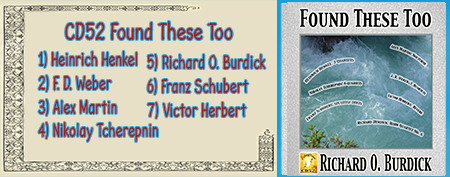 CD51
CD51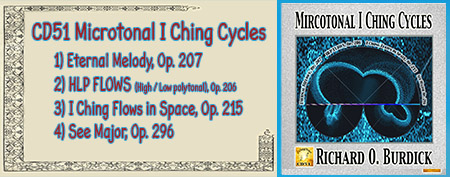 CD50
CD50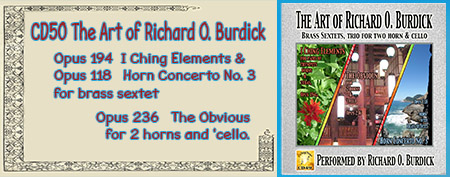 CD49
CD49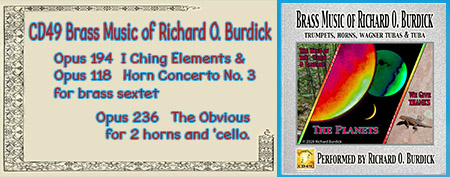 CD48
CD48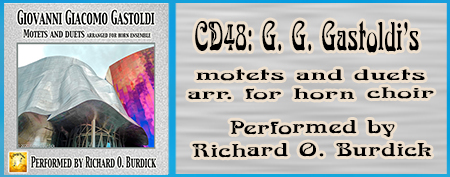 CD47
CD47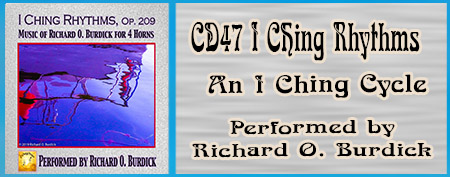 CD46
CD46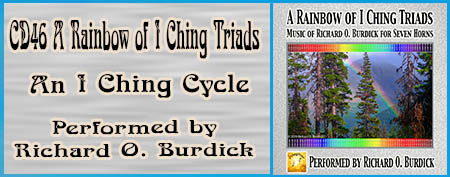 CD45
CD45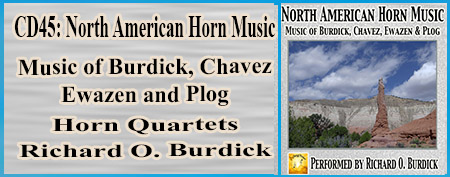 CD44
CD44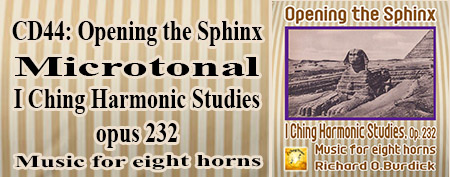 CD43
CD43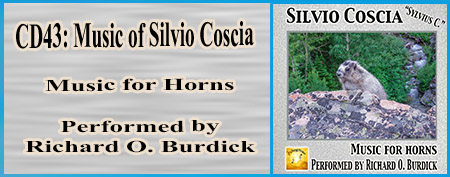 CD42
CD42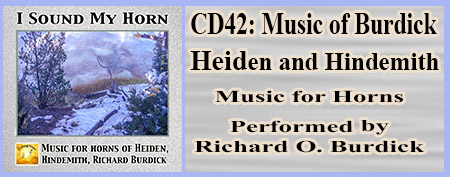 CD41
CD41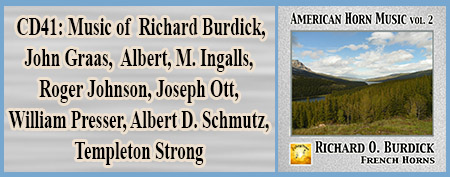 CD40
CD40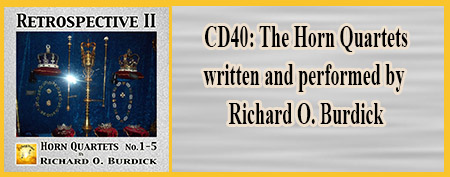 CD39
CD39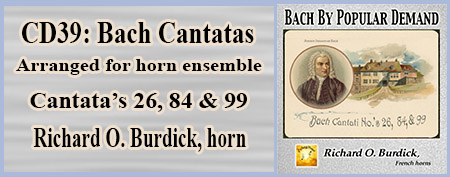 CD38
CD38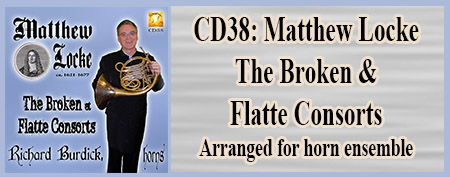 CD37
CD37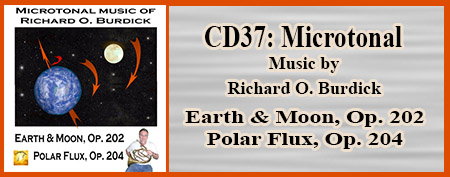 CD36
CD36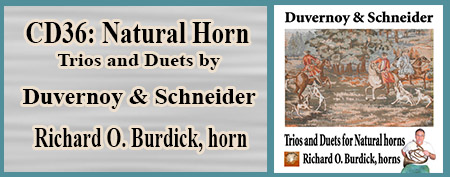 CD35
CD35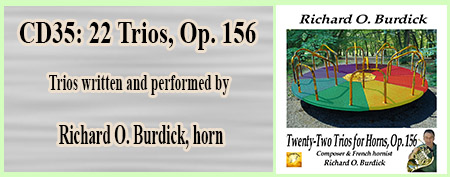 CD34
CD34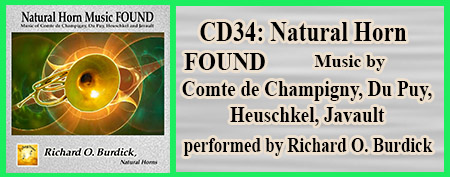 CD33
CD33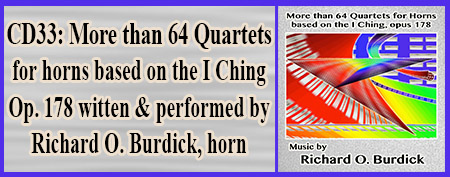 CD32
CD32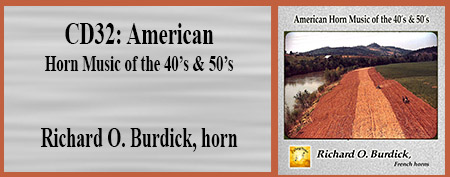 CD31
CD31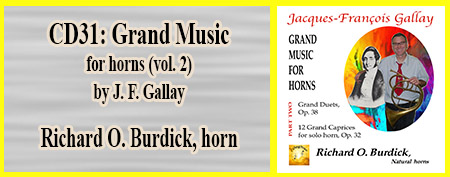 CD30
CD30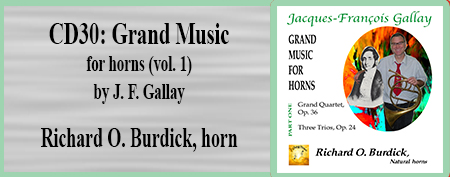 CD29
CD29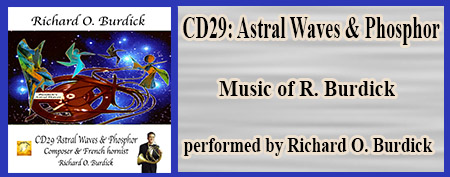 CD28
CD28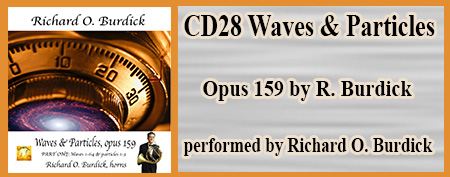 CD27
CD27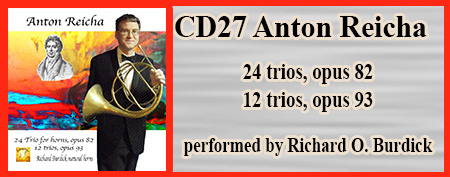 CD26
CD26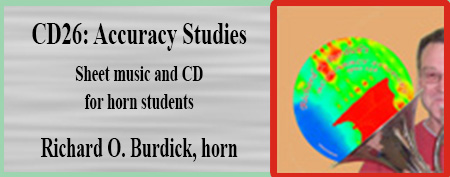 CD25a
CD25a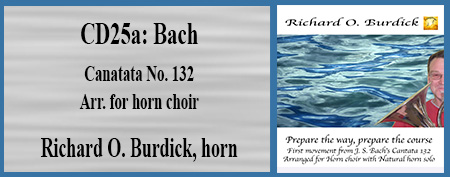 CD25
CD25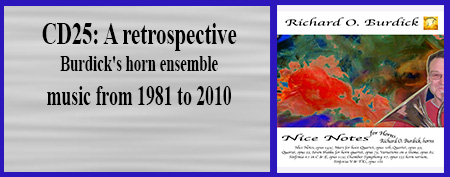 CD24
CD24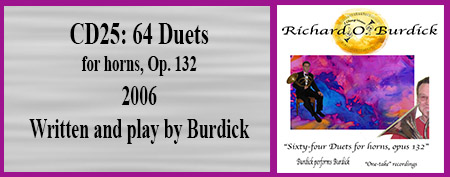 CD23
CD23 CD22
CD22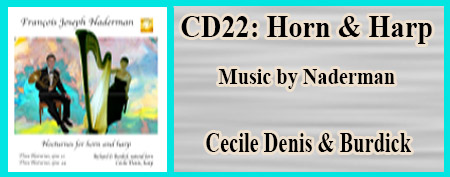 CD21
CD21 CD20
CD20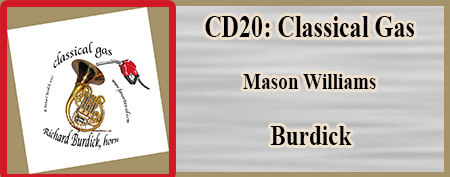 CD19a
CD19a 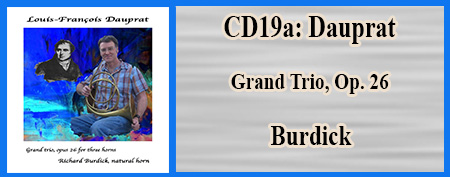 CD19
CD19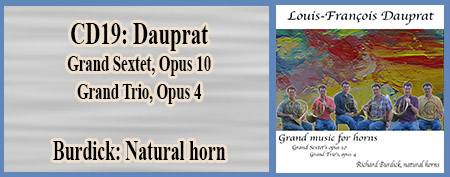 CD18
CD18 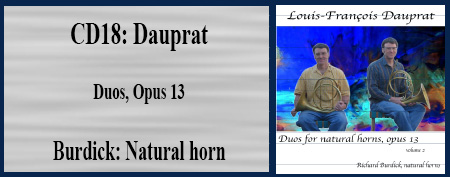 CD17a
CD17a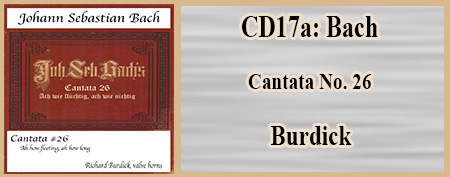 CD17
CD17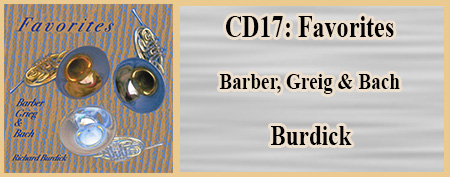 CD16
CD16 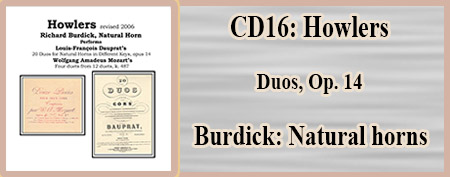 CD15
CD15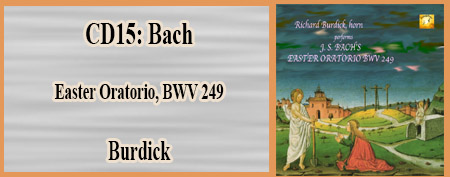 CD14
CD14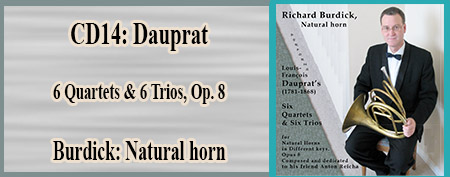 CD12
CD12 CD9
CD9 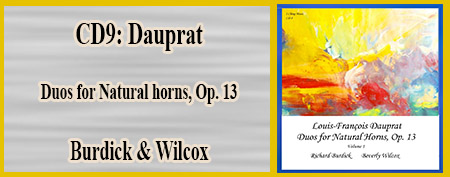 CD8
CD8 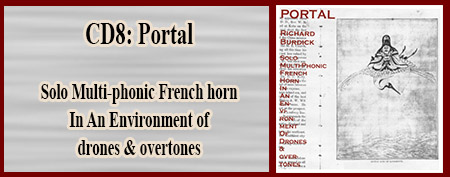 CD7
CD7 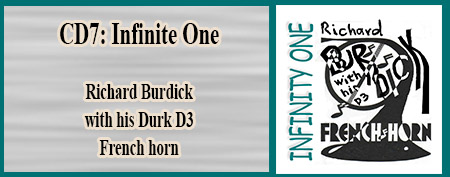 CD6
CD6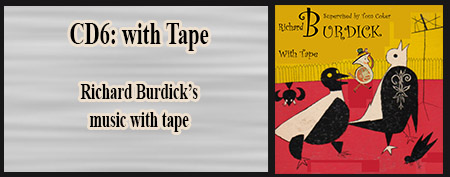 CD5
CD5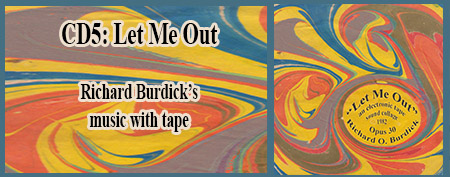 CD2
CD2 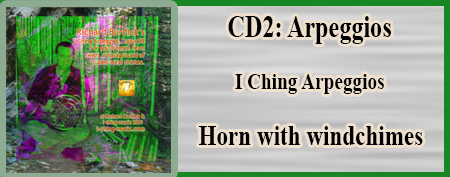 CD1
CD1 